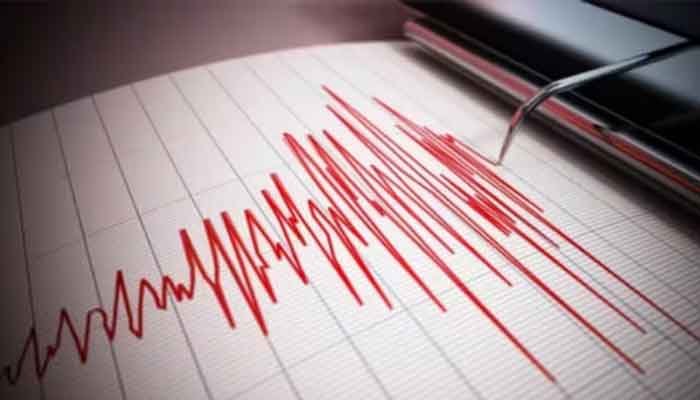In recent events, several cities across Khyber Pakhtunkhwa, including Islamabad, Rawalpindi, Peshawar, Swat, and Malakand, experienced noticeable earthquake tremors. The seismic activity extended to North Waziristan, Parachinar, Lower Dir, Hangu, and surrounding regions. Charsadda and Swabi also felt the quake, adding to the widespread impact of this natural phenomenon.
According to reports from the seismological center, the earthquake registered a magnitude of 4.7. The epicenter was located in the southeast region of Afghanistan, with a depth of 98 kilometers. This tremor follows a series of seismic activities felt in various cities of Pakistan just a few days prior, raising concerns among residents and authorities about the frequency and intensity of these quakes.
Details of the Earthquake
The earthquake’s magnitude of 4.7, though not extremely high, was significant enough to cause noticeable shaking across a broad area. The depth of the quake, recorded at 98 kilometers, suggests that it was a relatively deep earthquake. Deep earthquakes, while less likely to cause severe surface damage compared to shallow ones, can still be felt over a larger area, as evidenced by the widespread reports from various cities.
Impact on Cities
In Islamabad and Rawalpindi, residents reported feeling the tremors, which caused minor panic and led some people to evacuate buildings as a precaution. In Peshawar, the tremors were strong enough to be felt distinctly, prompting similar responses from the local population.
Swat and Malakand, regions already known for their seismic activity, also experienced the tremors. In North Waziristan and Parachinar, the shaking was significant enough to be reported widely, although no major damage or injuries were initially reported. Similarly, Lower Dir and Hangu felt the quake, with residents in Charsadda and Swabi also noting the tremors.
Recent Seismic Activity
This recent earthquake follows other seismic events in Pakistan, with various cities feeling tremors just a few days earlier. The recurrence of these earthquakes has heightened awareness and concern among the population and authorities. While the recent quakes have not caused significant damage, they serve as a reminder of the region’s vulnerability to seismic activity.
Understanding Earthquakes in the Region
Pakistan sits at the confluence of the Indian and Eurasian tectonic plates, making it susceptible to seismic activity. The collision and subduction of these plates frequently result in earthquakes. The region of Southeast Afghanistan, where the recent quake’s epicenter was located, is part of this tectonically active zone.
The depth of the recent quake at 98 kilometers indicates that it originated in the deeper part of the Earth’s crust. Deep earthquakes are usually less destructive than shallow ones but can be felt over a wider area. This explains why cities spread across such a vast region felt the tremors.
Preparedness and Response
In the wake of these recurring earthquakes, it is crucial for authorities and residents to focus on preparedness and response. Building resilience against earthquakes involves ensuring that structures are built to withstand seismic activity, conducting regular earthquake drills, and having emergency response plans in place.
Authorities need to invest in early warning systems and educate the public on how to respond during and after an earthquake. Simple measures like securing heavy furniture, knowing safe spots within homes, and having emergency kits ready can make a significant difference in reducing injuries and saving lives during an earthquake.
The recent earthquake tremors felt across Khyber Pakhtunkhwa and other regions underscore the importance of earthquake preparedness in Pakistan. With the epicenter located in Southeast Afghanistan and a magnitude of 4.7, the quake’s impact was felt widely, prompting concerns and reminders of the region’s seismic risk. As the country continues to experience such natural events, a focus on building resilience, enhancing preparedness, and educating the public will be crucial in mitigating the effects of future earthquakes.



